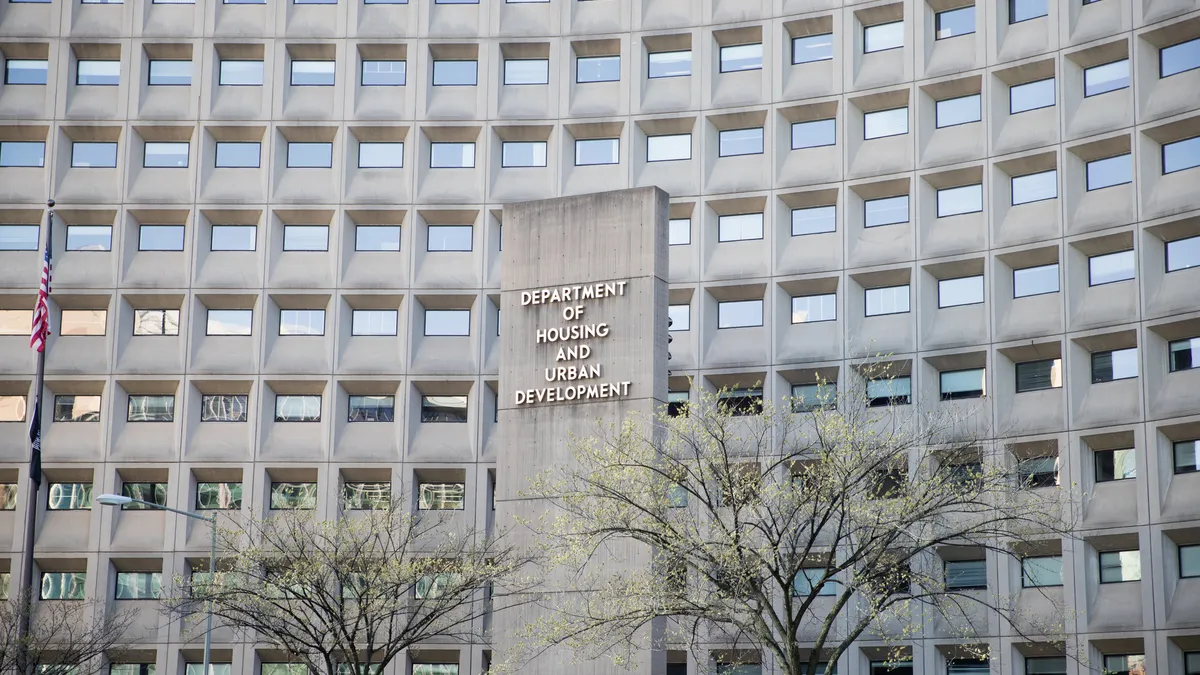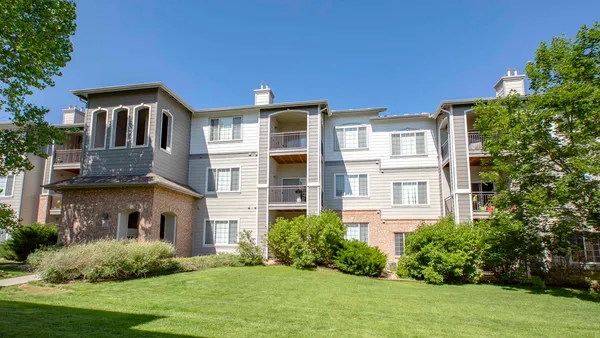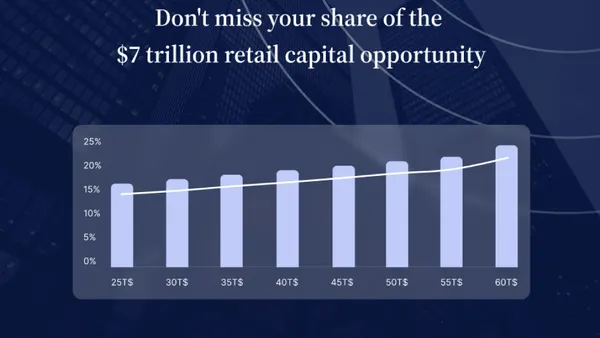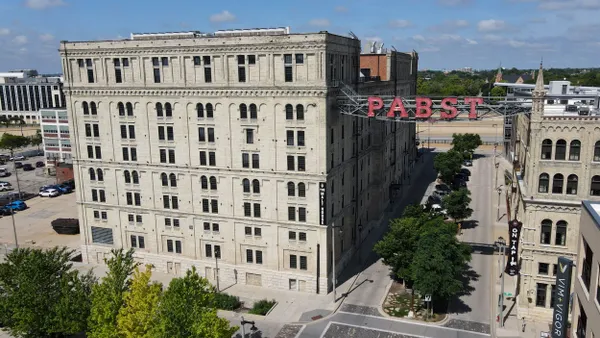Dive Brief:
- Apartment transactions set another record and values grew at a healthy clip in May, despite fears about rising interest rates.
- The U.S. multifamily sector posted $21.5 billion in sales last month — a 22% increase compared to May 2021, which previously had the most transactions, per a report shared with Multifamily Dive from MSCI Real Assets (formerly Real Capital Analytics), a New York-based firm that provides tools and services for the global investment community. However, MSCI pointed out that the pace of growth in April and May 2022 were slower than in the first quarter of this year.
- The RCA CPPI, a gauge of apartment prices, jumped 22.3% year over year in May and cap rates fell 20 basis points to 4.8%. New buyers may have fueled these increases, according to MSCI. The firm said the number of unique buyers in the market was 13% larger in the second quarter of 2022 compared to the second quarter of 2021.
Dive Insight:
While the topline numbers were strong in MSCI’s monthly report, there were signs of slowing beneath the surface. Single-asset sales, an indicator of overall health in the market, only increased 1% year over year in May. The trades of one-off assets accounted for 10% of total volume, according to MSCI.
On the ground, lenders, brokers and investors see the market slowing as buyers and sellers can’t agree on pricing. As rates and Treasuries rise, borrowers face higher costs, often when they’re under contract.
“The increase in interest rates changes the way the numbers are calculated,” said Otto Ozen, executive vice president of Costa Mesa, California-based brokerage firm The Mogharebi Group. “When the lender is giving you fewer proceeds [less money], it impacts the amount of equity you have to bring to the table and the yields you are planning on.”
When borrowing costs move, buyers can go back to sellers and ask for a price cut. “Buyers of some of the very large institutional properties are either canceling escrow or they're retrading and coming back and asking for a discount,” Ozen said.
Some sellers may agree to a discount, while others may decide to hold their properties, which could ultimately hurt sales volume.
“Most people have been holding on — either selling for the price that they want or a slight discount,” said Woodland Hills, California-based apartment owner CGI+ Chief Operating Officer Aaron Cohen. “Then they realized that they don't have the right buyer pool or enough of the buyer pool and therefore ended up just holding the assets until they find another opportunity to sell it.”
Southeastern strength
Blackstone’s BREIT’s $3.7 billion acquisition of Resource REIT was the most notable deal of the month, accounting for roughly 17% of total volume. However, even without that transaction, May would have still set an all-time record for sales, according to MSCI.
Investors once again flocked to apartments in the Southeast and Southwest, according to MSCI. Those two areas drew 60% of apartment investment, while cap rates fell 40% from May 2021. In the Southeast and Southeast, cap rates stood at 4.7% and 4.4% respectively. But they still offered more yield than coastal areas, where cap rates stood at 4.1%.
Even if rising interest rates make it harder to complete deals in the coming months, Ozen expects the Sun Belt to continue to generate sales volume.
“The rates have really spiked and, depending on what market you're in and what products you're looking at, that'll determine the level of the impact,” Ozen said. “If you're in Dallas, Fort Worth, Texas, Phoenix and Atlanta, the demand is still far outstripping supply and the impact on cap rates is not as visible.”
Click here to sign up to receive multifamily and apartment news like this article in your inbox every weekday.











